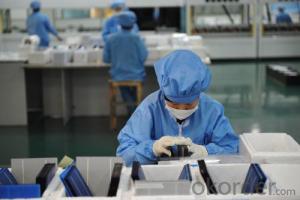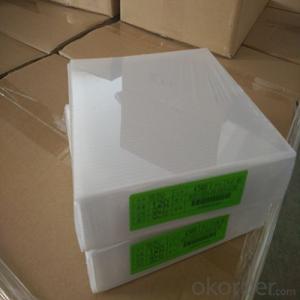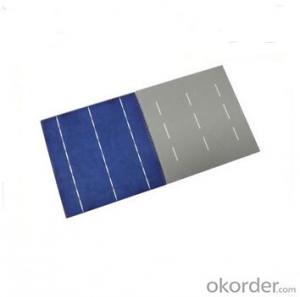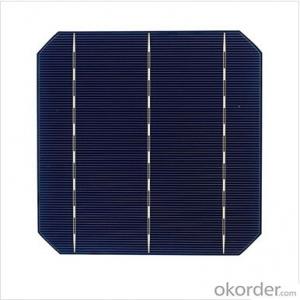Edmund Scientific Solar Cells
Edmund Scientific Solar Cells Related Searches
Except For Solar Cells Weegy Problems With Solar Cells High Power Solar Cells Light Trapping In Solar Cells High Performance Solar Cells High Output Solar Cells High Wattage Solar Cells Energy Transfer In Solar Cells High Efficiency Hvac Systems Recombination In Solar CellsHot Searches
Cheap Solar Cells For Sale Flexible Solar Cells For Sale Q Cells Solar Panels For Sale Printed Solar Cells For Sale Bulk Solar Cells For Sale 6x6 Solar Cells For Sale Broken Solar Cells For Sale Cpv Solar Cells For Sale Photoelectric Cells For Sale Price Of Silicon Solar Cells Price Of Solar Cells Over Time Buy Solar Cells From China Cheap Solar Cells China Best Type Of Solar Cells Flexible Solar Cells Price Q Cells Solar Panels Price 3 Types Of Solar Cells Production Of Solar Cells Common Types Of Solar Cells Q Cells Solar Panel PricesEdmund Scientific Solar Cells Supplier & Manufacturer from China
Okorder.com is a professional Edmund Scientific Solar Cells supplier & manufacturer, offers integrated one-stop services including real-time quoting and online cargo tracking. We are funded by CNBM Group, a Fortune 500 enterprise and the largest Edmund Scientific Solar Cells firm in China.Hot Products
FAQ
- Yes, solar cells can be used in vehicles. They are commonly used in electric vehicles (EVs) to charge the battery and provide power to various systems, increasing their range and efficiency. Solar panels can be installed on the roof or hood of a vehicle to capture sunlight and convert it into electricity, helping to reduce reliance on grid charging and decrease carbon emissions.
- Which one is better on the solar cells panel? The Monocrystal Solar Energy Cell or photovoltaic cell?
- I tried both, and I noticed that photovoltaic cell is better at collecting the sunlight, which can be converted into the power supply I need. In this way, I think photovoltaic cell is the best!
- The role of trackers in solar cell systems is to maximize the efficiency of energy production by optimizing the positioning of solar panels to track the movement of the sun throughout the day. This allows the solar panels to receive maximum sunlight exposure, ultimately increasing the overall energy output of the system.
- Solar cells are typically installed on rooftops using a mounting system that secures the panels in place. This involves attaching metal brackets or rails onto the roof, which act as the support structure for the solar panels. The panels are then placed onto these brackets and secured using clamps or screws. The installation process requires careful positioning and alignment to ensure maximum sunlight exposure for efficient energy generation.
- Yes, solar cells can be used to power cars. Solar-powered cars use photovoltaic cells to convert sunlight into electricity, which is then used to power the vehicle's electric motor. However, due to limitations in efficiency and energy storage, solar-powered cars are currently not as practical as traditional gasoline or electric cars for everyday use.
- Solar cells have a significant positive impact on air pollution as they generate clean, renewable energy without emitting harmful pollutants or greenhouse gases. By reducing our reliance on fossil fuels, solar cells help mitigate air pollution and improve the overall air quality, leading to better health outcomes and a healthier environment.
- Solar cells are connected in a solar panel through a series of electrical connections called interconnects. These interconnects form a circuit that allows the flow of electrons between the individual solar cells, ensuring that the electrical current generated by each cell is combined to produce a higher voltage and power output.
- Yes, solar cells can be used for indoor lighting. However, it is important to note that solar cells require sunlight to generate electricity. To use solar cells for indoor lighting, additional equipment such as batteries or capacitors are needed to store the energy generated during daylight hours and power the lights when sunlight is not available.












































